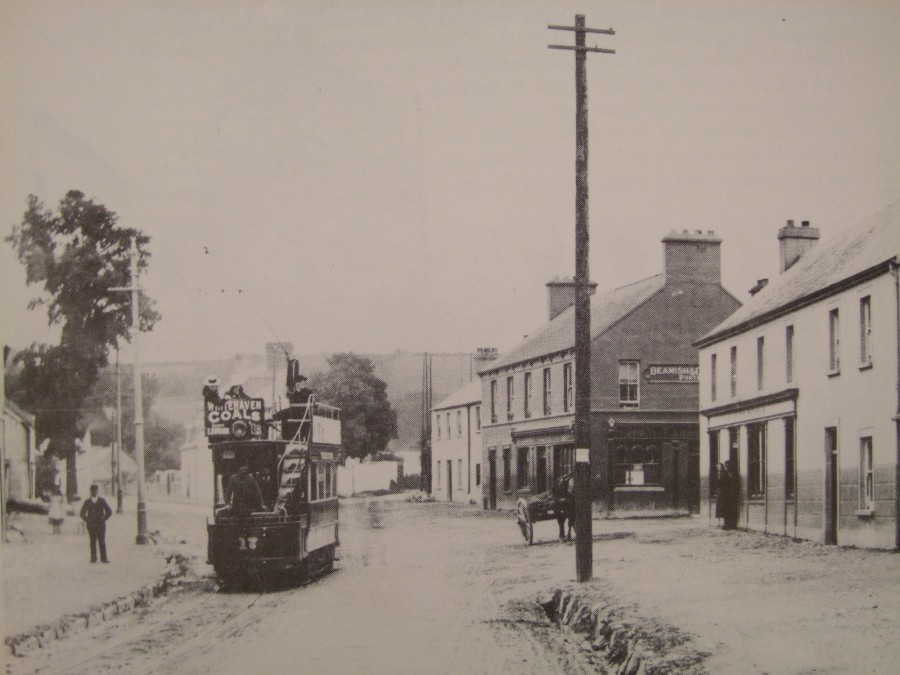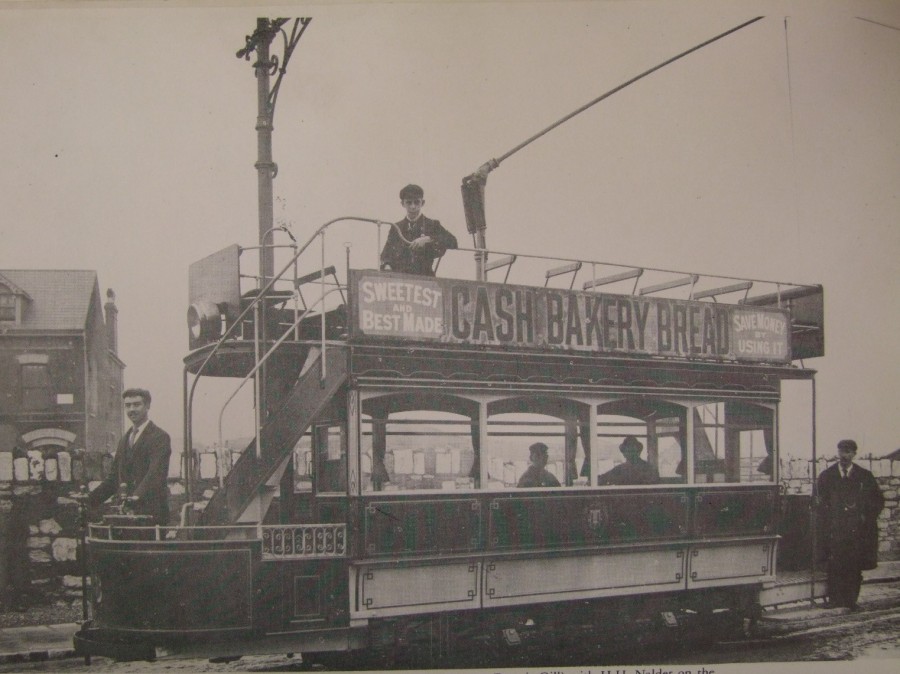
Kieran’s Our City, Our Town Article,
Cork Independent, 21 December 2017
The Wheels of 1917: A Hurricane in Cork
In the early hours of Sunday morning 16 December 1917, a storm of terrific force broke over the Cork region. One hundred years ago, the newspaper coverage in the Cork Examiner reveals a damaged city much like that from Storm Ophelia several weeks ago. In our time the coverage gives insights into the smaller important geographical features of the city a century ago, which sometime remain hidden in the record of local history through being taken for granted.
The storm came first from NNW and then varying from points north and north-east the wind blew, rapidly passed the half-gale stage, and reached hurricane strength. The weather report records that it was intensely cold. With the advent of the storm numerous houses, out offices and other buildings suffered damage with roofs being stripped of slates and tiles, and sheds being, in many cases removed of firmly-fastened corrugated iron coverings. During the morning and well into the day falling slates in nearly all parts of the city were a source of considerable danger, and according to the press, rarely before had slates been torn up in such a manner. The amount of damage issued by the breaking of glass was also significant. It affected the narrow streets more than the large thoroughfares – many valuable, pieces of plate glass were broken by falling debris during the day.
In the wooded districts on the outskirts of the city many trees were uprooted and felled while the havoc to which telegraphic and telephone connections were made to were severe. Boats in the river and harbour tied up to moorings broke away in several instances, while others were swamped and submerged. Night watches on ships at anchor and alongside wharves were kept on the alert through the night and morning. The tides too were at their highest in the month and lashed rough and breaking water. This rendered difficult and dangerous the task of securing tenders and boating at the quayside and on the river. Comparatively little rain fell during the early evening of day. Towards the evening the wind moderated just a little but came on again with renewed drive as the dark set in.
Some extraordinary escapes from injury were recorded by falling masonry and flying slates. In Douglas Street a little girl turning a corner was suddenly struck by the full force of the gale and driven backward into the footpath. This probably saved her life. For at the same instant a heavy roof slate smashed itself into fragments falling right where the child had been. After holding on through the night against the fierce onslaught of the elements the flagstaff on the tramway standard in front of the Recruiting Office in St Patrick’s Street, from which the Stars and Stripes and the Union Jack had been flying, was smashed a little after noon. The flags fell to the ground.
Wooden hoardings in the different parts of the city suffered much damage. Those on the Western Road at the entrance to the Cork Muskerry Railway terminus were almost destroyed. Near the Cork, Blackrock and Passage Station at Albert Street, hoardings were also partially blown down by the wind. In the Cork Athletic Grounds the damage done to similar constructions was extensive. Here also breaches were made in several parts of the enclosure, particularly on the east side. Hurling matches arranged to be played at these grounds had to be abandoned. The ground of the Greenmount National School suffered to some extent, the railing boards of the western side being stripped from their iron supports.
The glass roof of the Electric Power House and Tram Car Shed on Albert Road was smashed in many places, but the city tram services were not disrupted. In the roofs of houses in the south side of the city large holes, some many square feet in size, were caused by the forcible removal of slates by the gale.
Gas lamps in many city streets were extinguished, rendering pedestrianism in places difficult and dangerous. In the vicinity of St Luke’s Cross, some of the residents had a narrow escape from what might have been serious accidents owing to the collapse of the upper portion of a lamp post, which fell across the roadway.
The absence of hackney cars on the streets, especially covered vehicles, was also noticeable. Drivers had reason and experience early in the day for taking this step – there being imminent danger of accidents in the more exposed hazards of the city’s open spaces and wind tunnelled street areas.
During the day upward of a dozen persons were treated at the city infirmaries for injuries caused by slates, masonry, glass and some falls. They were nearly all however, of a minor nature and did not require people staying overnight at infirmaries. Ten were scalp wounds, and cuts on arms and faces but there were two cases of fractured arms. An abatement in the force of the wind set in the hours that followed.
Happy Christmas and Happy New Year to all readers of the column – if you missed one of the columns this year, check out the Our City, Our Town column at my website, www.corkheritage.ie. Secret Cork, which is my 2017 book, and published by Amberley Press, is now in Cork bookshops as well as a selection of previous books.
Captions:
926a. Tram leaving Douglas Village, c.1900 (source: Tram Tracks Through Cork by Walter McGrath)
926b. Tram outside Electric Power House and Tram Car Shed on Albert Road, c.1900 (source: Tram Tracks Through Cork by Walter McGrath)
